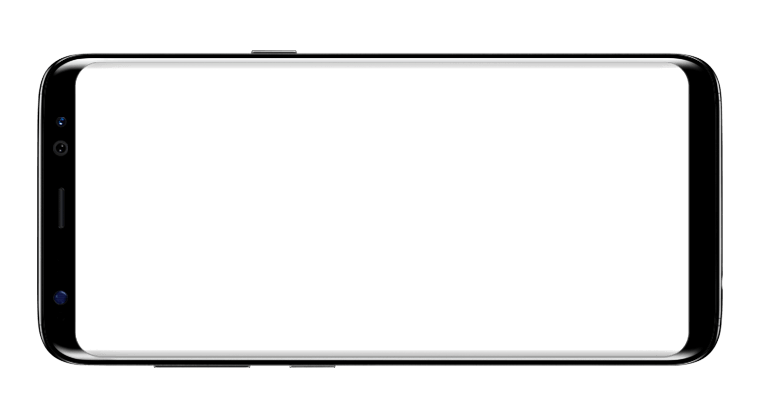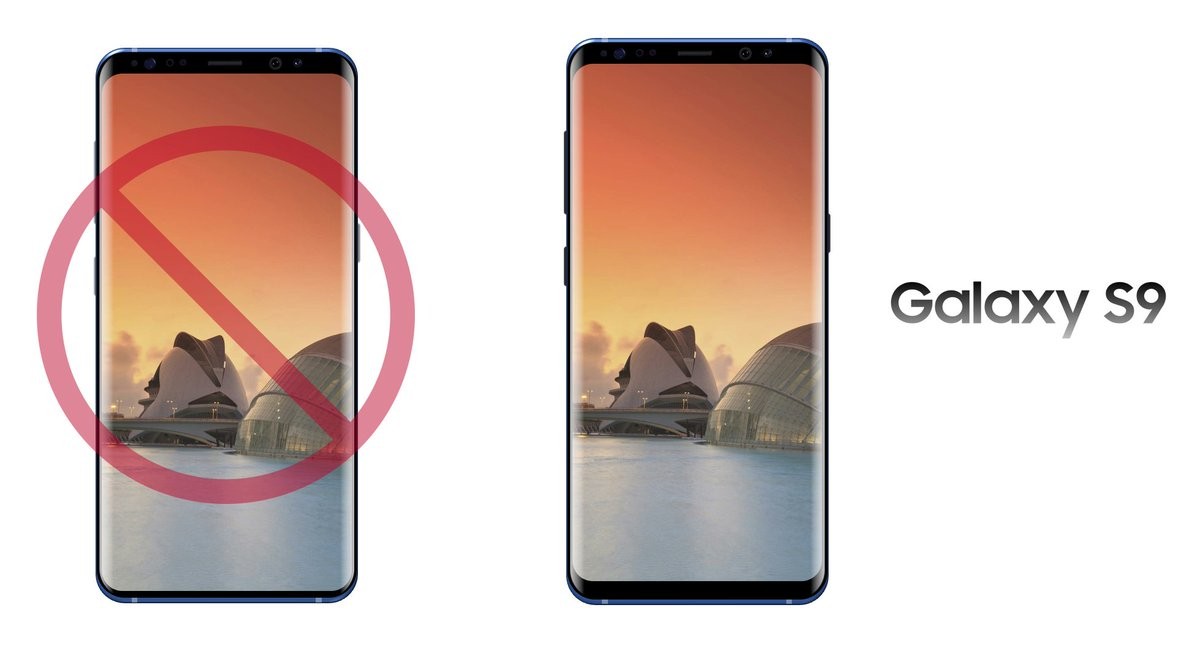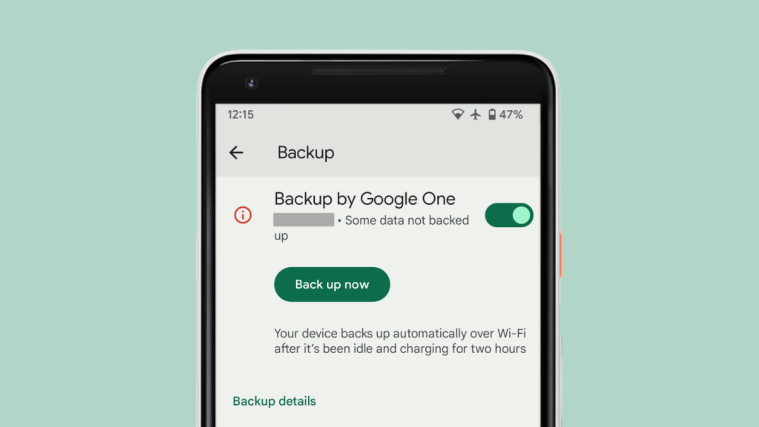In the early days of Android, it was a valid question to ponder whether each passing year would see the dawn of a new Galaxy smartphone from Samsung. In fact, to just assume a new version of Google’s Android OS would be released was in-and-of-itself questionable. We’re talking really-early time of Android, 2009-10-ish, but fast forward to 2017 and the hot topic is not if Samsung will launch the Galaxy S9, but when. Rumors currently speculate everything from a scandalously early CES unveiling to the more-than-likely Mobile World Congress event time frame. The talk is nothing new, nor are the purported leaks and details about specs and design as much surprised as they used to be when we were anticipating a Galaxy S2 or Galaxy S3. Smartphones reaching saturation? You’re damn right!
What people aren’t talking about much, however, involves a more realistic environment in which the Galaxy S9 must exist: it can’t be too innovative less it steals the show from 2019’s 10th-anniversary model of Galaxy S series, Android’s best-seller series easily by far margin, yet it needs to offer something to attract new or returning customers.
Dealing with the Design
If one were to believe the current talk-of-the-town, the Galaxy S9 and Galaxy S9+ are to usher in an even less bezel-less existence with a screen-to-body ratio of a trendsetting 90+%. Allegedly, Samsung will accomplish this by reducing the “chin” and “forehead” of the phones.
In truth, what is most likely to appear on store shelves – and which newest leaks are suggesting as well – are phones that look almost exactly like the current S8 and S8+, but with a repositioned fingerprint reader. The proverbial exasperation and disappointment can already be heard, but there are several reasons why these such sobering solutions would be selected:
- Samsung has only just introduced the Infinity Display design language, and at the moment it’s limited to just the pair of Galaxy S8 phones, and the Galaxy Note 8. Leaks do indicate the upcoming Galaxy A 2018 series will make use of the design language, however. The takeaway here is that the current design isn’t stale yet, so why change it?
- 2019 will see the release of the Galaxy S10, which stands to mark an entire decade of the series’ existence. To assume that Samsung won’t have a major redesign planned a la Apple’s recent 10th anniversary iPhone X would be a mistake.
- Essentially a combination of the first two points, if Samsung were to make a phone with even less bezel for 2018, it would create truly unrealistic expectations of what the 2019 model would look like, and therefore could compromise the potential sales of the Galaxy S10.
In addition, there is almost no chance of the S9 rocking a 4K display, as such would be a yet another one of the better marketing point for the Galaxy S10. And given that leaks have long since shown a repositioned rear fingerprint reader, the likelihood of the S9 having an under-the-glass embedded scanner is an achievement also likely to be passed onto the Galaxy S10, too.
A (More) Likely Story
On the more concrete side of things, newest leaks indicate the new phones are likely to retain the same curved screen-size options as this year’s pair, and would rock some given specs for the 2018 flagship: a Qualcomm Snapdragon 845 SoC (or comparable 2018-Exynos SoC), 6GB of RAM, a headphone jack, waterproofing, and perhaps even Harman-tuned speakers given Samsung’s acquisition of the company earlier this year. It’s also possible that the sound system could have the AKG branding instead, something the Galaxy Tab S3 proudly proclaimed.
The S9 is also slated to have a dual-camera setup, though new evidence suggests that even that is questionable. While it had been assumed both the S9 and S9+ would have two rear snappers, more recent leaks indicate that only the larger S9+ will receive a dual camera upgrade, with the smaller standard variant remaining a still-solid single-shutter cam affair. Comparisons have already been made unfavorably to Apple’s recent iPhones which adopted a similar approach and have had some alleging Apple is deliberately making the smaller phone less desirable as a result.
Just how important dual rear cameras actually are to the mainstream consumers remains to be determined. Perhaps customers would rejoice at the notion, but it’s likely to be more icing on the cake. It’s also worth pointing out that several tests indicated the Pixel 2’s single rear camera offered better results than the dual camera offered by the Galaxy Note 8, so the issue may ultimately boil down to software competency more than anything else.
Trouble in Paradise
Of course, all is not good and golden, as a new report has just come out from Strategy Analytics that states Samsung’s global market share is likely to fall in 2018, a year-on-year decline which would be the first time ever for the OEM, 2016 notwithstanding due to the Galaxy Note 7 fiasco. This somber reality is likely to be comprised of not only increased competition from Chinese OEMs, but also from the very incremental upgrade the S9 will represent.
There are also other problems at hand, most of them similar to ones that companies like Apple have been facing, and even HTC back in the day of the M8/M9:
- If the S9 and S9+ offer design language that changes very little from their 2017 products, there is little to stop customers late to the party from buying the cheaper S8 alternatives. Why would someone want to spend full price for a brand new device when they could easily buy a slightly older product that basically looks the same? This is likely to be even more pronounced once the S9 releases and the prior models are even more heavily discounted than they are today. Point to be noted: Never have in Samsung Galaxy S series’ history the next flagship has been tipped to be a look-alike of current year’s — the only time Samsung’s flagship lacked real innovation from its predecessor was when Galaxy S5 was launch, and it failed very miserably from Samsung. Not that we expect a similar sale-slump from Galaxy S9, but ever since Samsung gave us S6 and its curved-twin in S6 Edge, the design has been one notch up every year.
- If next year’s S-series doesn’t change up the game in a radical way, it would also fail to create an incentive for annual upgraders to buy it. Whereas in the past staid Samsung supporters may have changed models each year, the internal upgrades for the S9 might not be a valid enough reason to do so in 2018 given how advanced the current offerings already are.
Such is the fate of many recent phones unfortunately, as it becomes harder and harder to differentiate them from one another, and now that bezels are shrinking the task is even more tricky. Apple’s iPhone has been stuck in itinerant rot for years now, with the 6, 6s, 7, and 8 all looking almost indistinguishable from each other, the latter still true from the front or in a case.
Pondering the Price
Specs and screen aside, one major hurdle that Samsung is going to face is that of pricing. In the past, Galaxy S phones with Edge displays were a more costly affair, but with the S8 and S8+, Korea’s king conglomerate mandated that both be blessed with a casual curve. The higher price point for the larger model was therefore due to the size increase and larger battery life.
Where will the S9 and S9+ stand? Will Samsung have a similar asking amount as this year’s flagships? Would it decrease the price? Could it actually increase it? The latter would likely have serious implications given the aforementioned problem points, thereby making the S8 much more desirable.
Looking to the Future
Project Star: Samsung Galaxy S9 (SM-G960 – Star 1) and Galaxy S9 Plus (SM-G965 – Star 2). Definitely a "tock" year. More to come…
— Evan Blass (@evleaks) November 21, 2017
As has been discussed, and as most would surmise, the Galaxy S9 is unlikely to be a major visual overhaul for the S-series, with even veteran leaker Evan Blass hinting as much, by calling the S9 a tock release, in a series of tick-tock launches where tick means major improvement, and tock kind-of perfecting it, but void of anything breakthrough. While the pair of products might have some truly worthwhile component advantages over their predecessors, the cost of buying a new phone is often a limiting factor.
Whatever the case may be, those hoping for a monumental upgrade in a few months via the Galaxy S9 are likely to be disappointed.
What do you think? Would you be willing to purchase a new Galaxy S9 over a proven-great and pretty similar in almost all ways, the Galaxy S8? Would Samsung need to add extra features (or gimmicks?) to convince you? Please leave your comments below and do let us know!








